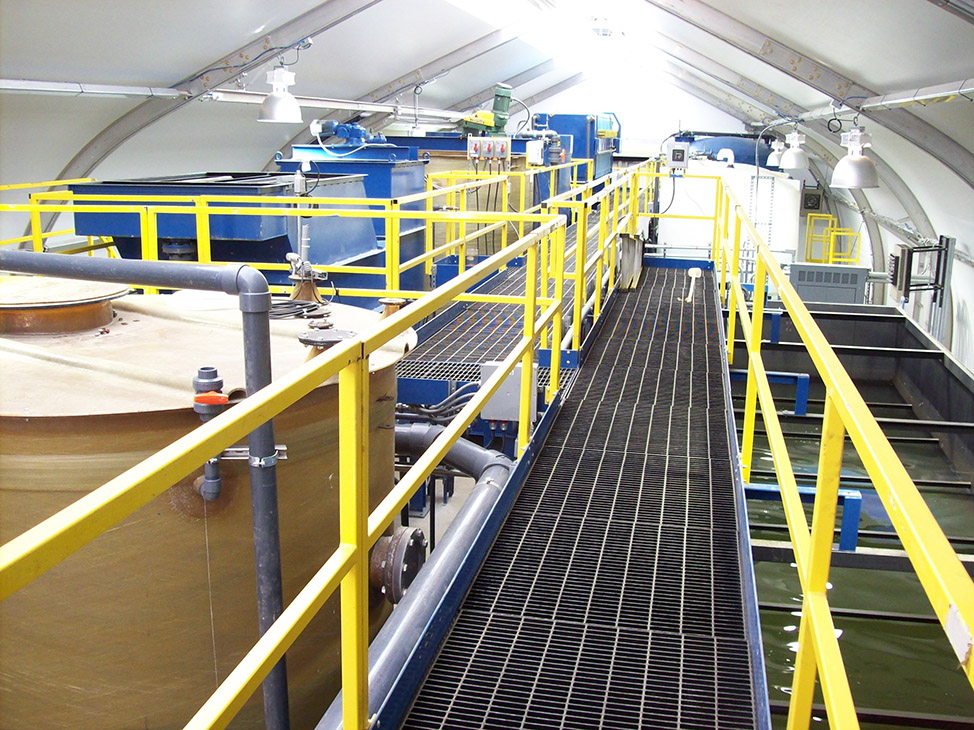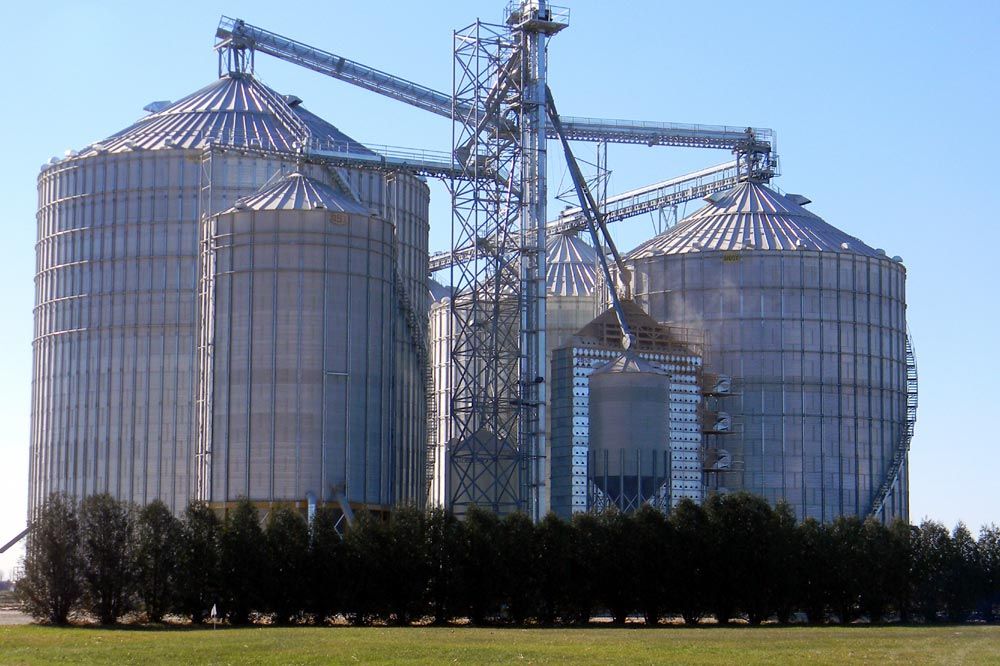Canada’s energy sector plays a crucial role in fueling both domestic industries and international markets. Among the various components that make up this vast system, gas plant buildings serve as essential hubs where raw natural gas is processed, treated, and made market-ready. These structures are more than just warehouses—they’re vital facilities that support the integrity, efficiency, and safety of the energy value chain across the country.
As Canada continues to develop its energy infrastructure, the importance of well-designed and strategically located gas plant buildings becomes increasingly clear. They not only enable the smooth functioning of natural gas operations but also contribute to the nation’s economic and environmental goals.
The Role of Gas Plant Buildings in Energy Processing
Gas plant buildings are designed to handle the processing of natural gas extracted from wells. This includes removing impurities like water, carbon dioxide, hydrogen sulfide, and other hydrocarbons. The final product is a purified form of methane, which can be safely transported and used across residential, commercial, and industrial sectors.
These buildings provide a controlled environment for highly sensitive and often dangerous processes. Proper design and engineering ensure that safety standards are met, risks are minimized, and productivity is maximized.
Key Functions Within Gas Plant Buildings
The internal systems of a gas plant building are highly specialized and must meet strict operational requirements. Some of the core functions carried out in these structures include:
- Separation and Treatment:
- Removing natural gas liquids (NGLs)
- Separating methane from heavier hydrocarbons
- Sulfur and carbon dioxide scrubbing
- Compression and Metering:
- Increasing pressure for efficient pipeline transmission
- Monitoring gas flow rates for regulatory compliance
- Heating and Cooling Systems:
- Ensuring gases are kept at optimal temperatures during processing
- Preventing condensation or hydrate formation
- Storage and Distribution:
- Temporary holding before pipeline transfer
- Integration with broader distribution networks
Each of these systems requires a purpose-built structure that can accommodate large equipment, allow for secure operations, and support advanced monitoring technologies.
Design Considerations for Modern Gas Plant Facilities
As environmental standards and technological demands evolve, the design of gas plant buildings must also keep pace. Key design considerations include:
- Safety Compliance: Designs must meet CSA and ASME codes, with fireproofing, blast-resistant construction, and ventilation systems built-in.
- Operational Efficiency: Layouts are optimized for workflow, allowing for the safe movement of personnel and easy access to equipment.
- Environmental Control: Systems must capture and minimize emissions, manage wastewater, and reduce noise pollution.
- Adaptability: Buildings are often designed with modular capabilities so they can expand or upgrade in response to future operational needs.
These considerations ensure that gas plant buildings not only meet today’s standards but are also future-proofed for tomorrow’s demands.

Importance of Location and Integration
Strategic location is a key factor in the effectiveness of gas plant buildings. Proximity to extraction fields reduces transportation time and costs, while integration with pipeline infrastructure ensures fast and reliable delivery.
When placed in remote or challenging environments, the buildings must be designed to withstand extreme weather and limited accessibility. As Canada includes vast, undeveloped areas rich in natural gas reserves, specialized construction methods—such as pre-engineered structures—are often used to minimize on-site labor and logistical complexity.
Advantages of Investing in Robust Gas Plant Infrastructure
Building modern, compliant gas processing facilities offers numerous long-term benefits:
- Improved Energy Efficiency: Advanced systems reduce waste and optimize fuel usage.
- Enhanced Worker Safety: Purpose-built environments reduce accident risk.
- Faster Time to Market: Streamlined operations ensure rapid gas processing and distribution.
- Regulatory Compliance: Buildings that meet codes help avoid costly fines or shutdowns.
- Economic Contribution: These facilities create jobs, boost local economies, and support the broader energy industry.
Challenges and Future Outlook
While the benefits are clear, constructing and maintaining gas plant buildings also comes with challenges:
- High Capital Costs: Engineering, materials, and compliance costs can be substantial.
- Environmental Pressure: Rising scrutiny over emissions requires advanced filtration and monitoring technologies.
- Technology Integration: The industry is moving toward automation and AI, requiring newer designs with smart systems in place.
Despite these hurdles, the role of gas plant infrastructure is poised to grow. As global energy demand shifts towards cleaner-burning fuels like natural gas, Canada’s position as a major exporter will require ongoing investment in efficient, sustainable gas processing facilities.
Conclusion: Building a Resilient Energy Future
In the broader context of Canada’s energy infrastructure, gas plant buildings are foundational assets that keep the system running safely and efficiently. From processing raw resources to preparing them for commercial use, these structures are central to meeting both domestic demand and international commitments.
As the industry navigates evolving regulations, climate goals, and technological innovation, the design and development of gas plant buildings will remain a top priority. Their continued advancement ensures that Canada can maintain energy independence, support economic growth, and transition toward a cleaner, more resilient future.


